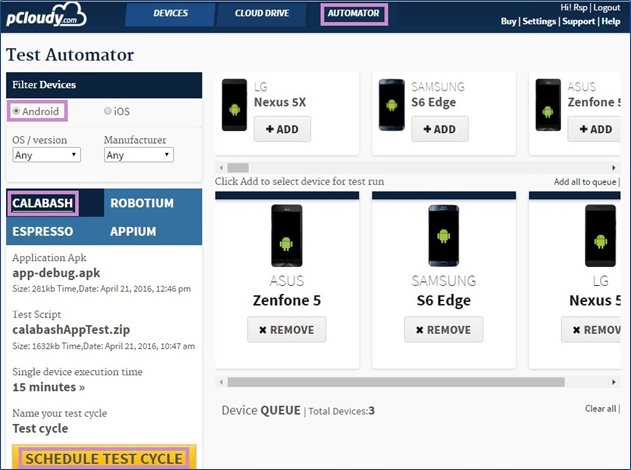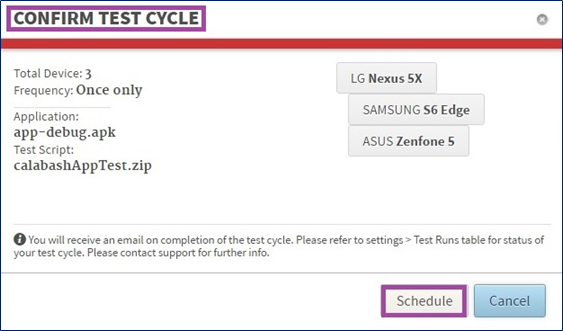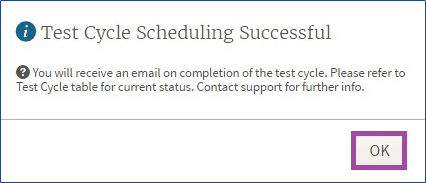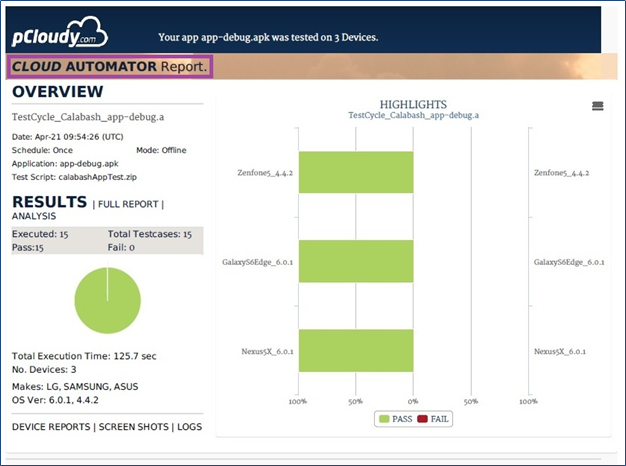pBot
The future of app testing in IoT lies in integrating app interaction with external hardware triggers. While devices such as phones, tablets and wearables may already seem ubiquitous, a networked array of entrenched systems and sensors commonly called the Internet of Things, could eventually race past all of them in its worldwide reach and number of applications and services.
Connectivity through the IoT is reliant on many different wireless standards. For example, to do anything at all, an IoT-enabled device might have to interface with Wi-Fi, Bluetooth, amongst others channels. For software makers, these potential issues with connectivity and infrastructure will inevitably shape the design of their applications.
Speaking of wireless connectivity technologies, NFC applications can now be tested with pCloudy’s new testing solution- pBot. Before explaining pBot, let’s talk about what Near Field Communication is all about.
NFC is a set of short-range wireless connectivity technologies that are perfect for transmitting small amounts of data with minimal setup time and power consumption. NFC applications include contactless transactions, data exchange and simplified setup of more complex technologies. NFC-enabled devices typically support three operating modes which are Reader/Writer, Peer to Peer and Card Emulation. This fuels contactless payments, exchange of business cards or digital pictures.
As the number of available NFC-enabled mobile phones and tablets increases, the market will see a growth in applications such as mobile payments, ticketing, smart posters, as well as access control, data sharing and additional services.
pCloudy’s pBot has made NFC testing flawless with its advanced functionalities. For instance, NFC tagged visiting card. The card data i.e., the contact information is being read by an app on mobile device. Here, pCloudy mobile app interface integrates robotic actions which triggers the robot to perform NFC action.
Smart Payment Terminal Testing with pCloudy pBot
With pBot, smart payments are now made realistic through testing payment terminal for EMV certification. For instance, when a credit card swipe device needs to be tested with real credit cards, the pCloudy mobile app interface integrates robotic actions which triggers the robot to action on payment terminal.
Thus, app testing with pCloudy’s pBot is now made futuristic with distinctive robotic functions. App testing should include IoT specific test strategies, support SDLC under context, and have access to on-demand test teams with requisite specializations. Success depends on the ability to influence a dedicated infrastructure, cloud capabilities and a wide array of test tools.
As enterprises leverage smart systems that ‘sense’ the environment and execute programmed actions, IoT driven testing is crucial to strengthen IT initiatives with security, intelligence and flexibility.














